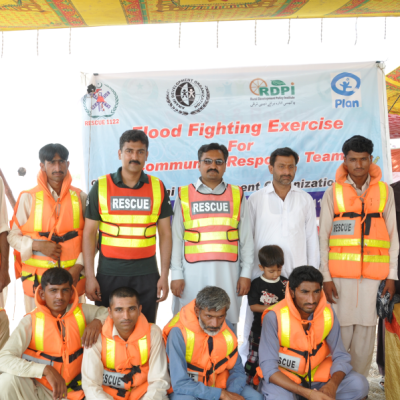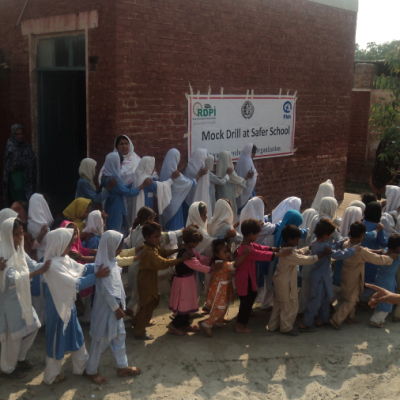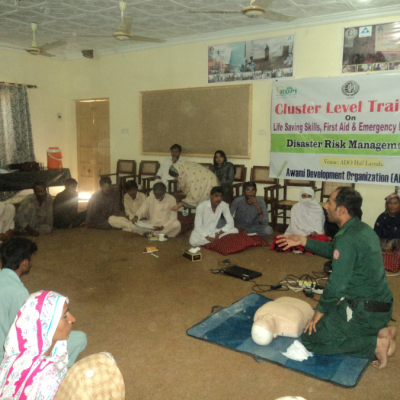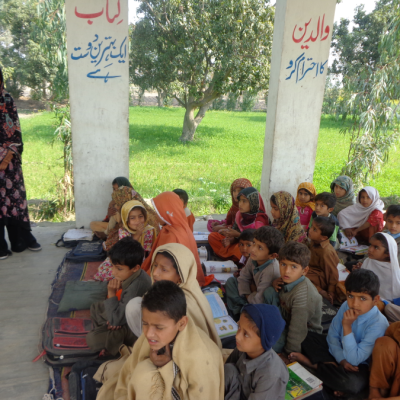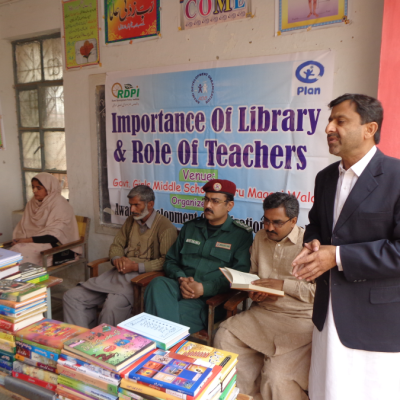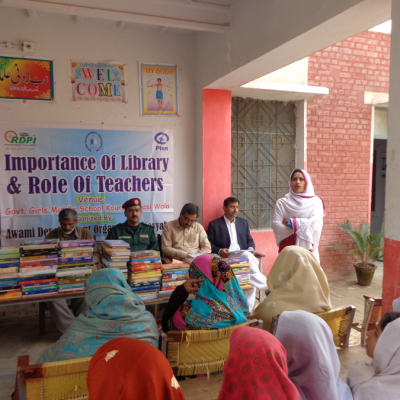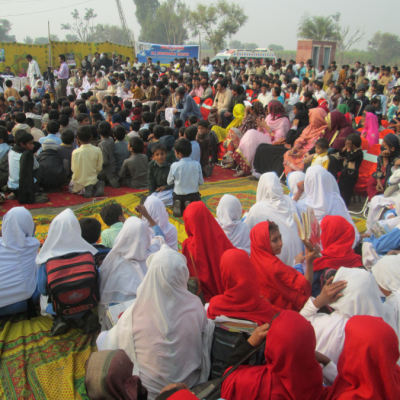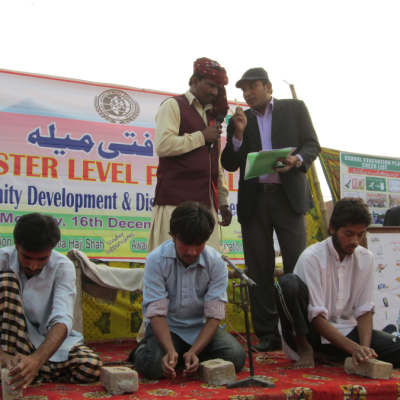Child Disaster Managment
Child Disaster Managment (CCDRM)
What is Disaster?
A disaster is a natural or man-made hazard that comes to fruition resulting in an event of substantial extent causing significant physical damage or destruction, loss of life, or drastic change to the environment. A disaster can be extensively defined as any tragic event with great loss stemming from events such as earthquakes, floods, catastrophic accidents, fires, or explosions.
Pre-Disaster
The Pre-Disaster Mitigation (PDM) program was created to assist State and local governments, with the funding to implement cost-effective hazard mitigation activities prior to disasters. The intent of this program is to reduce overall risk to people and property, while also minimizing the cost of disaster recovery.
Risk Assessment
Risk assessment is a step in a risk management procedure. Risk assessment is the determination of quantitative or qualitative value of risk related to a concrete situation and is recognized threat (also called hazard). Quantitative risk assessment requires calculation of two components of risk the magnitude of the potential loss, and the probability that the loss will occur.
Mitigation and Prevention
Mitigation and prevention when done properly can greatly reduce the overall impact specific hazards and vulnerabilities pose.
Early Warning
Early warning is a system for protecting lives and property from the damaging effects of both natural and manmade disasters.It provides real time early warning alerts in advance of the impact of disasters and hazards such as tornadoes, lightning storms, tsunami, wild fire and earthquakes.
Reconstruction
Reconstruction is a process which is followed after any disaster in which following activities done
- Recovery
- Response
- Ongoing assistance
- Disaster risk management
- Restoration
Funded By RDPI-Plan


